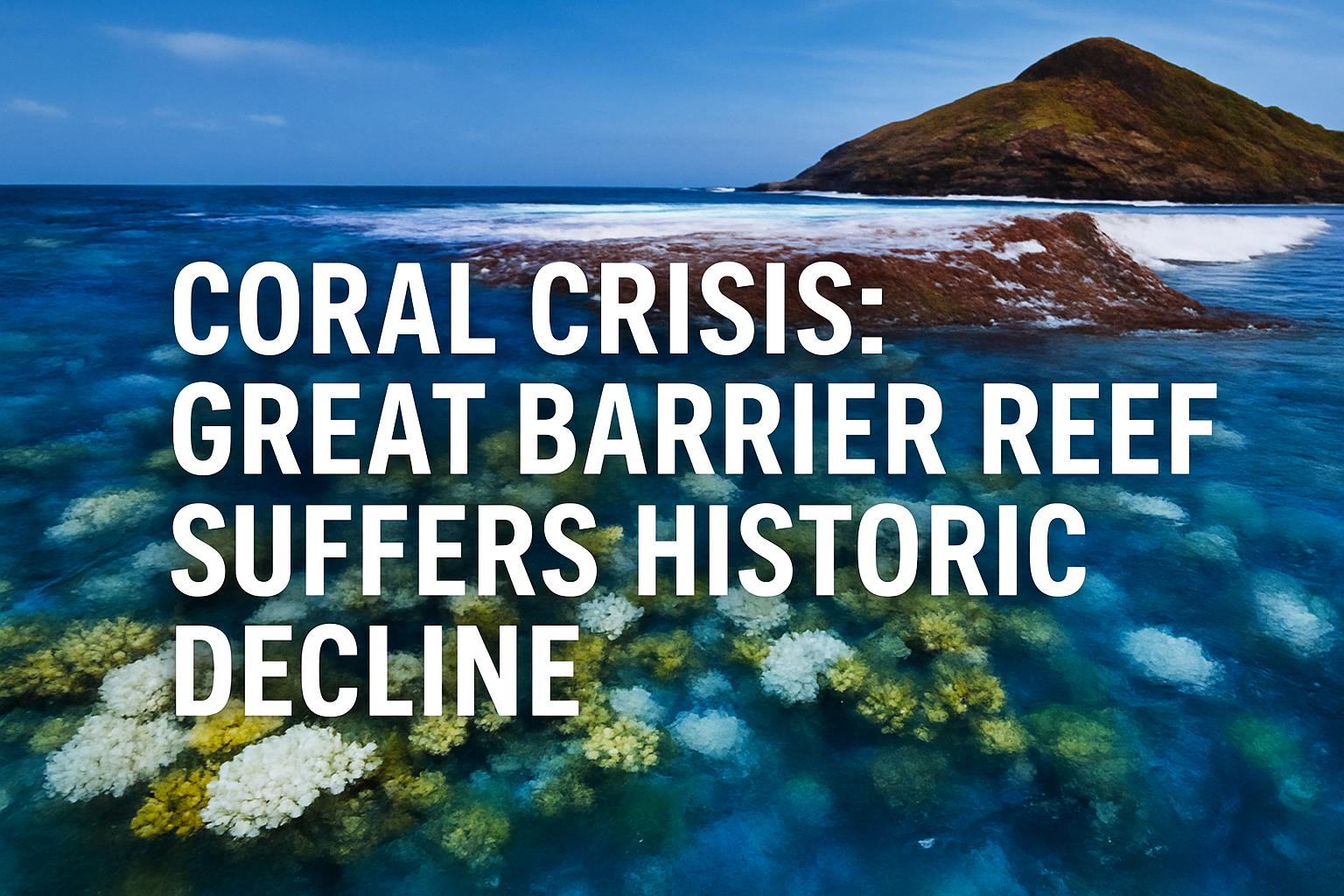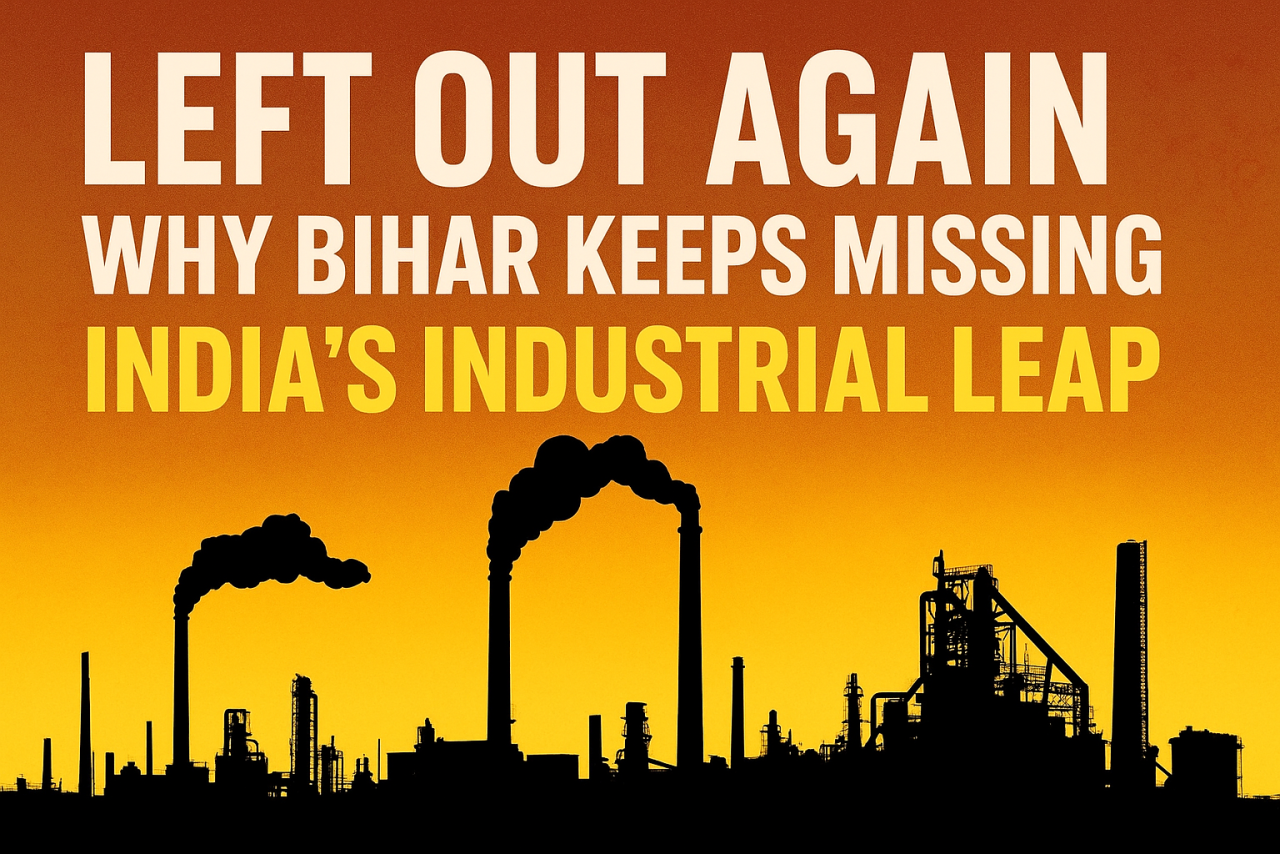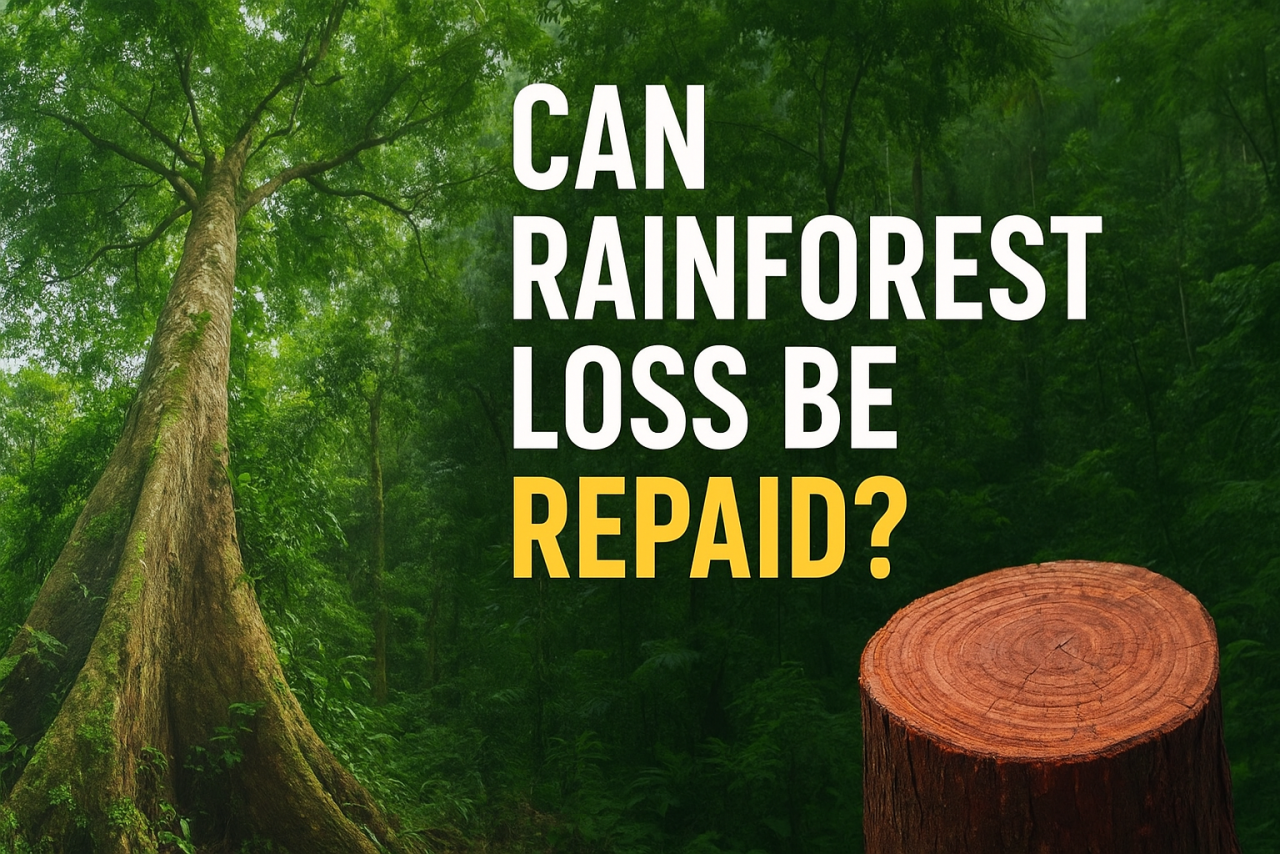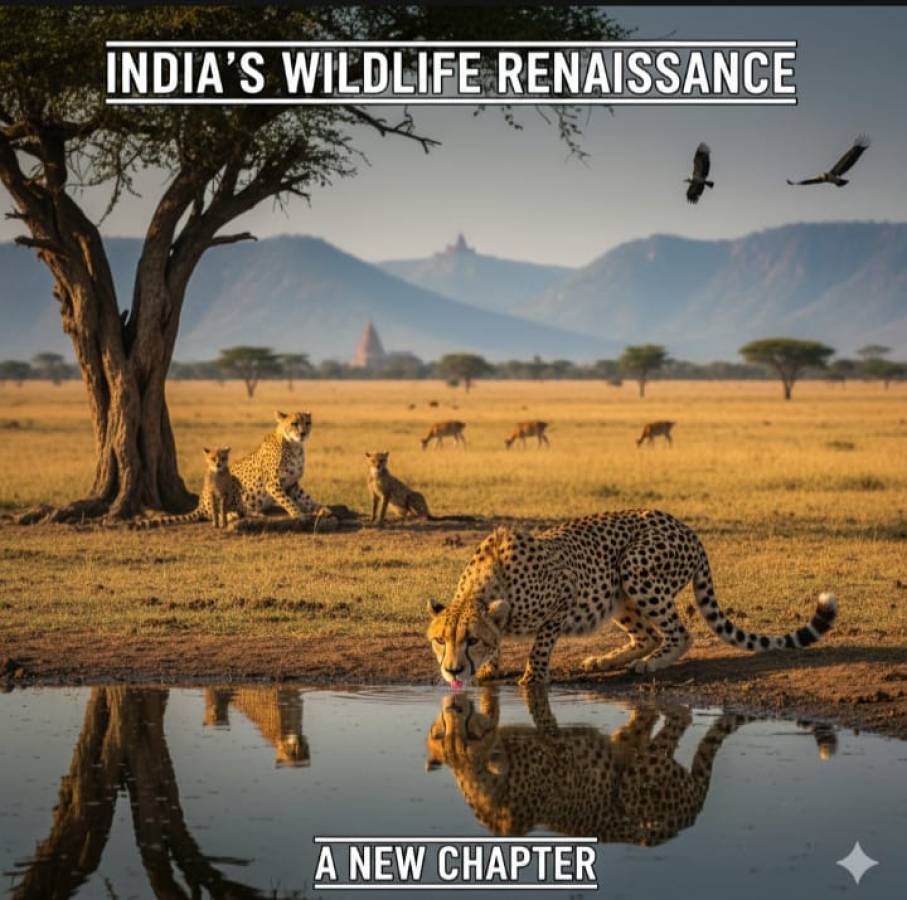
The Great Barrier Reef in Australia, one of the most iconic marine ecosystems in the world, is facing a serious threat. A recent government report reveals that the reef has suffered a record decline in coral cover in two of its main regions. This is largely due to mass bleaching events caused by rising ocean temperatures. Scientists have called this one of the worst situations ever recorded in the history of the reef.
The Great Barrier Reef stretches over 2,300 kilometers along the northeastern coast of Australia. It is the world’s largest coral reef system and supports thousands of marine species. The reef is also a major attraction for tourists and a significant part of Australia's economy. However, its health has been declining rapidly due to climate change, water pollution, overfishing and coastal development.
The recent report by the Australian Institute of Marine Science states that the northern and central parts of the reef have seen the biggest declines in coral cover since monitoring began nearly 40 years ago. Coral cover refers to the percentage of the seafloor that is covered by living corals. In these regions, coral cover dropped sharply after several years of growth. Experts say this is a clear sign of how unstable the reef has become in recent times.
Mike Emslie, one of the lead researchers, said that we are now seeing increased volatility in the reef’s condition. This means that periods of coral recovery are becoming shorter and are often followed by sudden declines. In particular, the summer of 2024 saw a large-scale bleaching event, which was one of the worst ever recorded. Bleaching happens when corals lose their color and vital algae due to stress, mainly caused by rising sea temperatures. Without these algae, corals cannot survive for long.
The central and northern regions of the reef were the worst affected this year. This is alarming because these areas had shown some signs of recovery in recent years. However, the stress caused by warming oceans and other factors has once again pushed them into decline. The southern part of the reef has remained relatively stable so far, but scientists warn that it could also face similar damage if the current trends continue.
Bleached and dead coral was seen even around Lizard Island, located 270 kilometers north of Cairns, which is a major tourist destination. The image of lifeless, white coral in crystal-clear blue water is both beautiful and heartbreaking. It serves as a strong reminder that even the most vibrant ecosystems are not safe from human-caused climate change.
Despite these alarming developments, the Great Barrier Reef is not currently on UNESCO’s list of World Heritage Sites in danger. However, many environmental groups argue that it should be. They believe that such a listing would put more pressure on the Australian government to take stronger action on climate change. So far, Australia has invested billions of dollars to protect the reef. Yet, without global efforts to reduce greenhouse gas emissions, these efforts may not be enough.
The future of the Great Barrier Reef depends not only on local conservation actions but also on international cooperation. Climate change is a global problem and the rising temperatures that damage coral reefs cannot be controlled by one country alone. Urgent steps are needed to cut down carbon emissions and promote the use of clean energy.
If we fail to act in time, we may lose this natural wonder forever. The Great Barrier Reef is not just an Australian treasure. It is a symbol of the beauty and richness of marine life on Earth. Its decline is a warning sign for all of us that nature is under stress. Saving the reef is not just about protecting coral. It is about preserving life, biodiversity and the health of our planet.
Let this report be more than just news. Let it be a call to protect the only home we all share — our Earth.





















